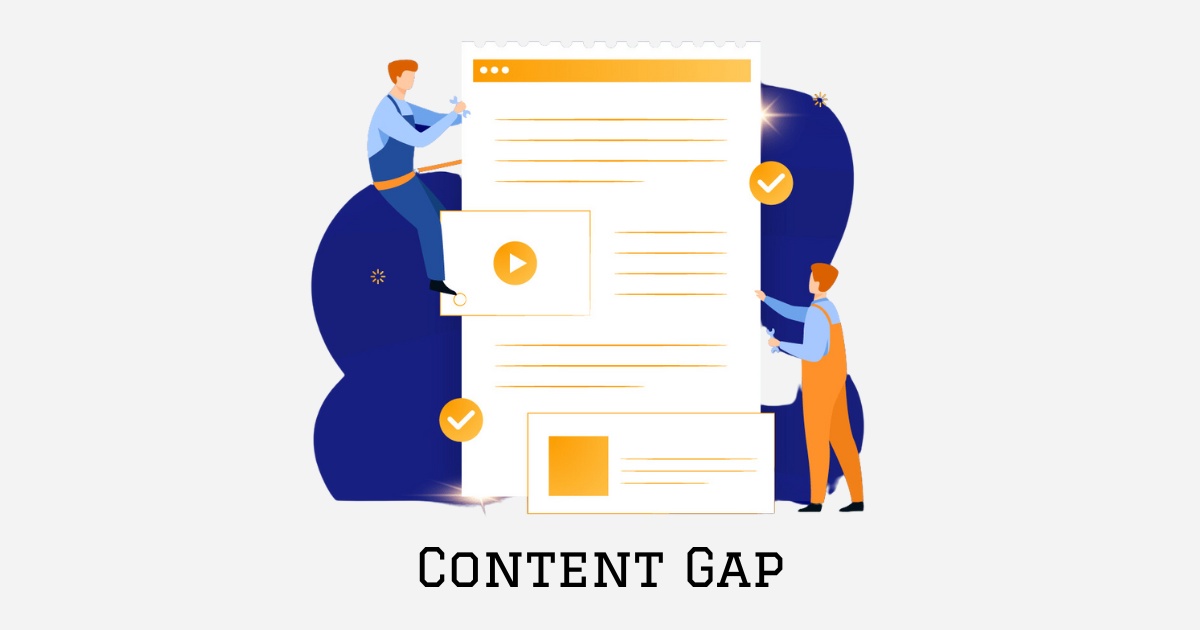
Content Gap 101: What is it, Types, Causes, Benefits & Tools
As a SaaS company, creating valuable content is essential for attracting organic traffic and engaging potential customers. However, even with

Content Gap 101: What is it, Types, Causes, Benefits & Tools
As a SaaS company, creating valuable content is essential for attracting organic traffic and engaging potential customers. However, even with
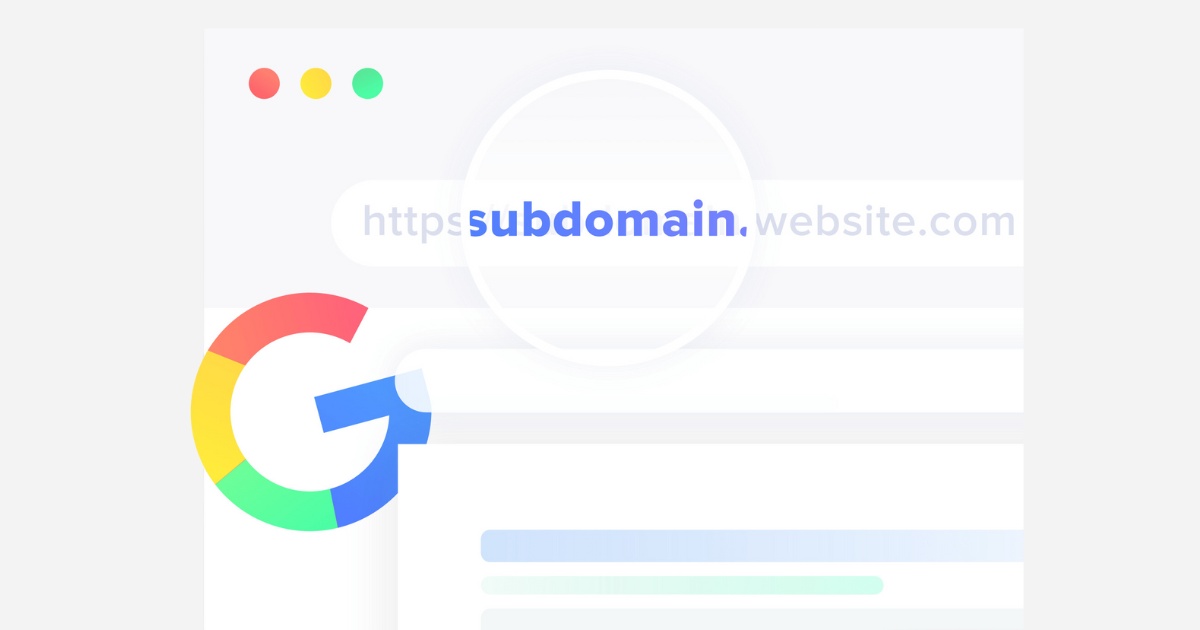
Subdomain Ranking: What is it, Factors, Strategies, Monitoring & Analyzing
As a SaaS company, optimizing your website’s structure and content is important for improving search engine rankings and driving organic

Top Affiliate Conversion Tracking Tools for Monitoring Your Media Publications
For an ordinary online user, starting a business and scaling it seems breezy. However, it’s far more difficult than just

SaaS Positioning: Niche Focus Vs. Broad Appeal
In the competitive world of SaaS, effective product positioning is important for attracting the right customers and driving sustainable growth.
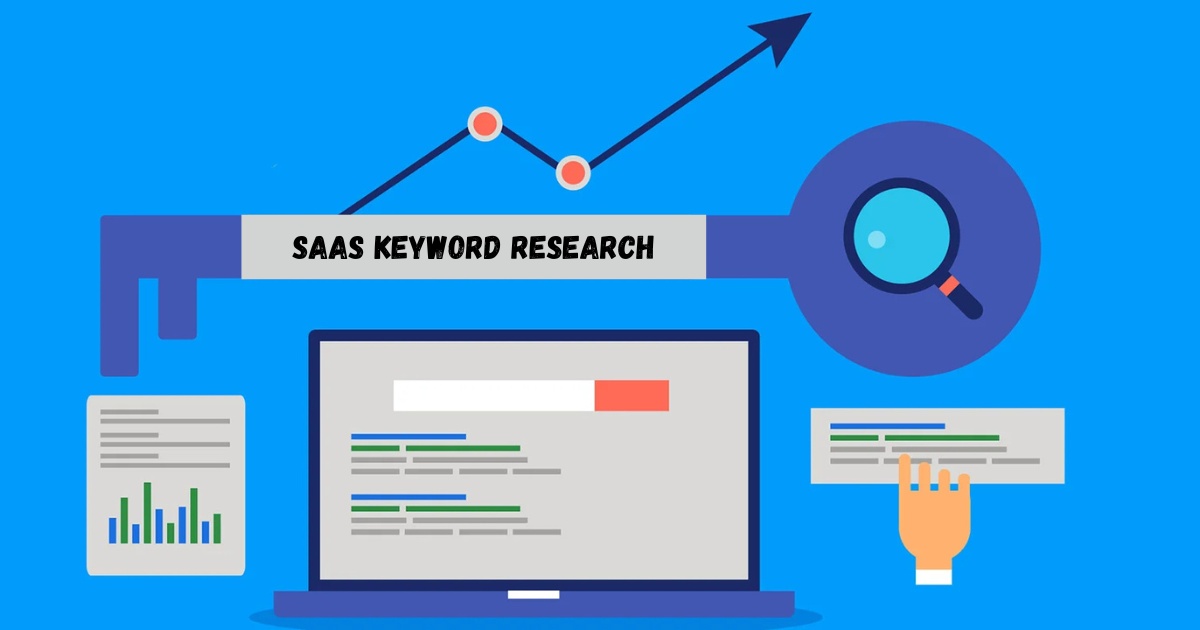
SaaS Keyword Research: Boost Your SEO Strategy
As a SaaS company, driving organic traffic to your website is important for sustainable growth. One of the most effective

SaaS Content Writing Services: How to Boost Traffic & Conversions?
In today’s competitive digital landscape, high-quality content is important for SaaS companies looking to attract and engage their target audience.
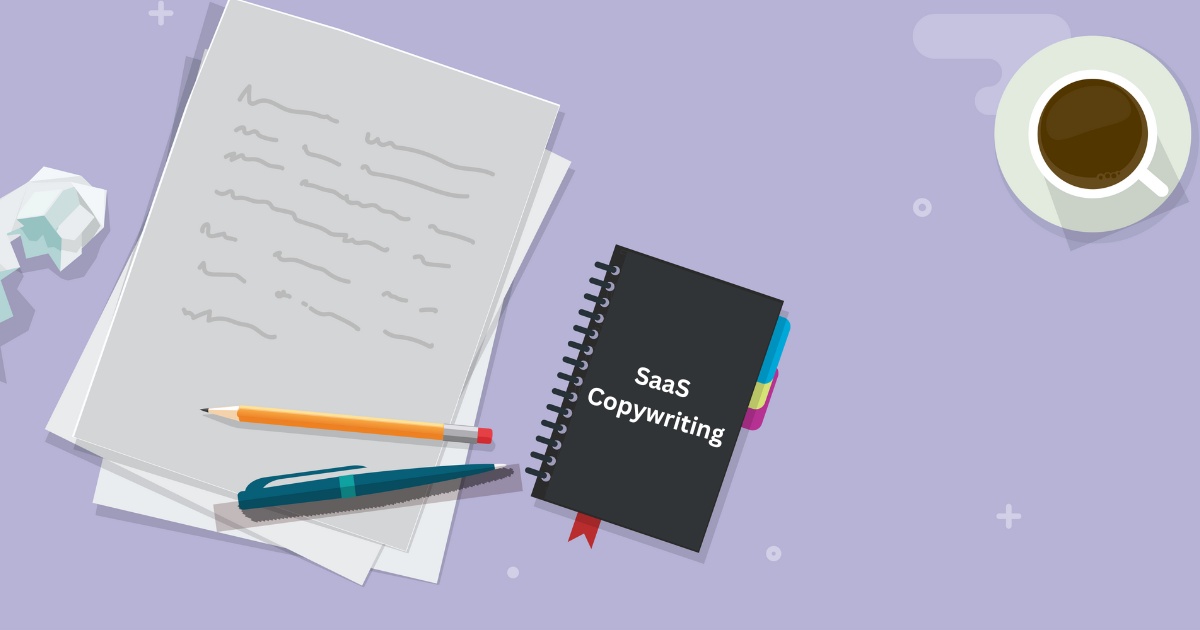
SaaS Copywriting: Techniques and Best Practices That Convert Crazy
In the competitive world of SaaS, good copywriting is key to grabbing and converting potential customers. SaaS copywriting is a

SaaS SEO Checklist: Best SEO Tactics For SaaS Products
As a SaaS company, driving organic traffic to your website is important for sustainable growth and attracting potential customers. However,
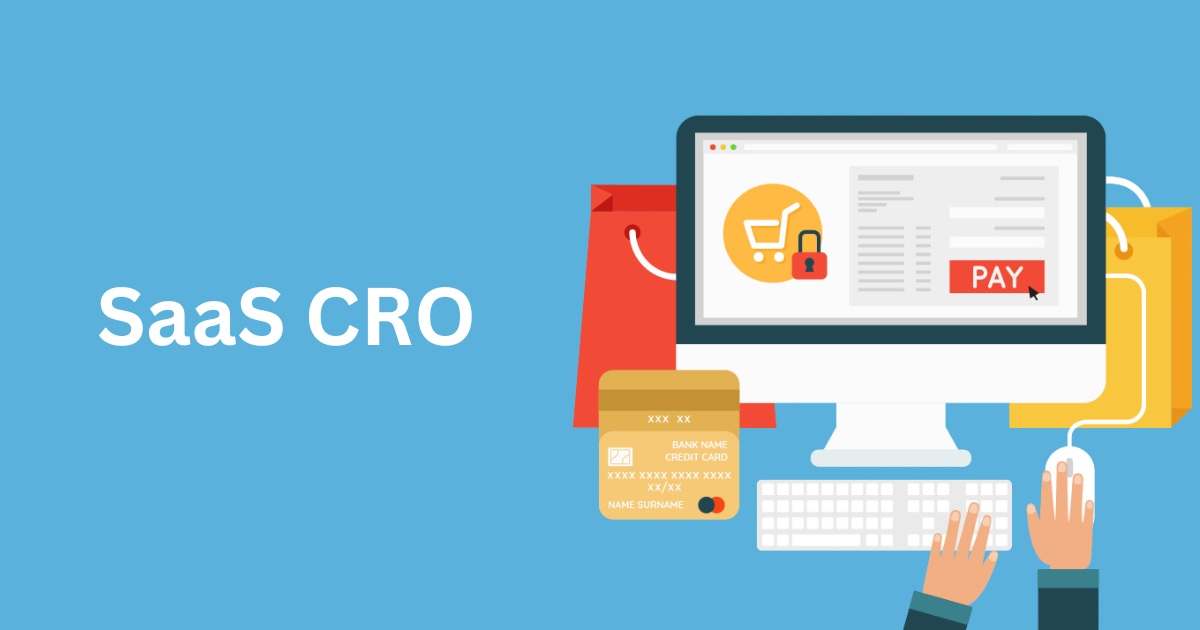
SaaS CRO: Boosting Conversions & Revenue For Your Brand’s Product
SaaS conversion rate optimization (CRO) is a critical strategy for driving growth and maximizing revenue in the competitive software-as-a-service industry.
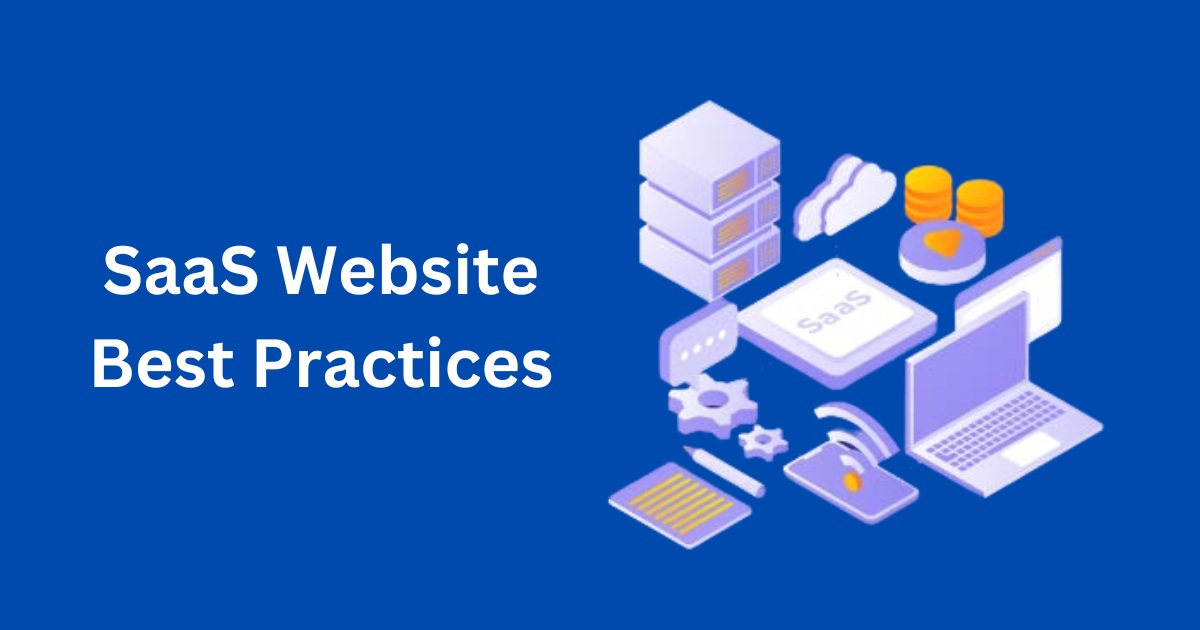
SaaS Website Best Practices: 8 Tips to Improve UX & Great Web Design
SaaS website best practices are essential for companies looking to stand out in a competitive digital landscape. A well-designed SaaS
WHAT WE
3rd floor, VHinfo, QRXG+CG9 Capital Market, Canal Rd, chokdi, Ravapar, Morbi, Gujarat 363641
VH-info © 2025 | All Rights Reserved